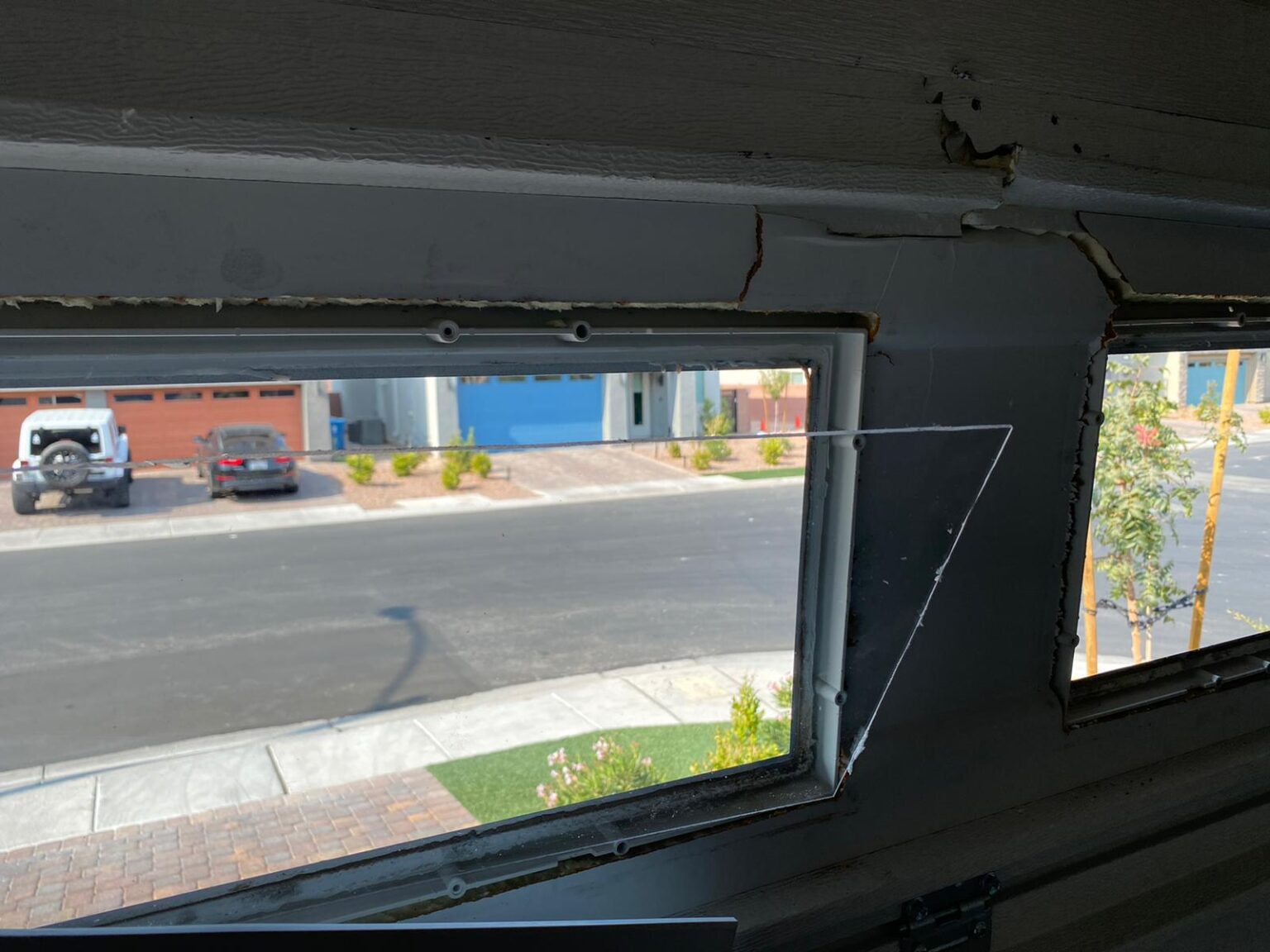

Articles
When To Replace Garage Door
Modified: October 22, 2024
Discover when it's time to replace your garage door with informative articles. Learn about signs of wear and how to choose the perfect replacement.
(Many of the links in this article redirect to a specific reviewed product. Your purchase of these products through affiliate links helps to generate commission for Storables.com, at no extra cost. Learn more)
Introduction
When it comes to the functionality and aesthetic appeal of your home, the garage door plays a crucial role. Not only does it provide security for your vehicles and other belongings, but it also contributes to the overall curb appeal of your property. However, over time, garage doors can start to show signs of wear and tear, and eventually, the need for replacement arises.
Knowing when to replace your garage door is essential to maintain the safety and functionality of your home. In this article, we will explore the common signs that indicate the need for garage door replacement, factors to consider before replacing your garage door, choosing the right garage door for your home, steps involved in replacing a garage door, the decision between hiring a professional or opting for a DIY replacement, cost considerations, and maintenance tips to extend the lifespan of your new garage door.
By understanding these aspects, you will be able to make an informed decision and ensure your garage door continues to serve its purpose effectively.
Key Takeaways:
- Recognize signs such as noisy operation, damaged panels, and inefficient insulation to know when it’s time to replace your garage door. Prioritize safety, security, and energy efficiency in your decision-making process.
- Proper maintenance, budget considerations, and professional installation are crucial for maximizing the lifespan and functionality of your new garage door. Invest in quality, consider all factors, and ensure regular upkeep for long-term benefits.
Read more: How To Replace Garage Door Lock
Signs that indicate the need for garage door replacement
Your garage door is an integral part of your home’s security and convenience. It is important to be aware of the signs that may indicate the need for a replacement. Ignoring these signs can result in costly repairs and potential safety hazards. Here are some common signs that it may be time to replace your garage door:
- Noisy operation: If your garage door is making excessive noise during opening and closing, it could be a sign of worn-out hardware or misalignment. While lubricating the moving parts can sometimes alleviate the noise, persistent noise may indicate the need for a new garage door.
- Damaged panels: Over time, garage door panels can become dented, cracked, or warped due to accidents, extreme weather conditions, or general wear and tear. Damaged panels not only compromise the overall appearance of your garage door but can also impact its functionality.
- Unstable performance: If your garage door starts to operate inconsistently, such as opening or closing partially or getting stuck, it could be a sign of worn-out cables, springs, or rollers. These issues can not only impede the smooth functioning of your garage door but also pose a safety risk.
- Sagging or unevenness: An improperly balanced garage door may sag or appear uneven when closing or opening. This can lead to further strain on the door’s components and compromise its overall performance and safety.
- Inefficient insulation: Older garage doors may lack proper insulation, resulting in energy loss and increased heating or cooling costs. Upgrading to an insulated garage door can help maintain the temperature inside your garage and improve energy efficiency.
It is important to note that these signs may vary depending on the specific type and condition of your garage door. If you notice any of these signs, it is recommended to consult a professional garage door technician to assess the situation and determine if a replacement is necessary.
Factors to consider before replacing your garage door
Replacing your garage door is a significant investment and an important decision for your home. Before you proceed with the replacement, there are several factors that you should consider to ensure you make the right choice. Here are some key factors to keep in mind:
- Budget: Determine your budget for a new garage door. Consider not only the cost of the door itself but also installation fees, any necessary modifications, and ongoing maintenance expenses.
- Style and aesthetic: Choose a garage door style that complements the architectural design of your home. Consider factors such as color, material, and window design to achieve a cohesive and visually appealing look.
- Maintenance requirements: Different garage door materials and designs require varying levels of maintenance. Consider how much time and effort you are willing to invest in regular upkeep and choose a door that aligns with your maintenance preferences.
- Security features: Evaluate the security features of different garage door options. Look for features such as sturdy construction, robust locking mechanisms, and technology enhancements like smart access systems for added security.
- Insulation: Assess the insulation needs of your garage. If your garage is attached to your home or used as a living space, investing in an insulated garage door can help regulate temperature, reduce energy costs, and enhance overall comfort.
- Noise level: Consider the noise level of the garage door. Some doors operate more quietly than others, which can be beneficial if your garage is located near living spaces or bedrooms.
- Local climate: Take into account the climate in your area. If you live in an area prone to extreme weather conditions, choose a garage door material that is durable, weather-resistant, and can withstand the elements.
- Warranty: Check the warranty offered by the manufacturer or installer. A comprehensive warranty can provide peace of mind and protect your investment in case of any manufacturing defects or performance issues.
By considering these factors, you can make an informed decision that aligns with your budget, needs, and preferences. It is also advisable to consult with a professional garage door supplier or installer who can guide you through the selection process and provide expert advice based on your specific requirements.
Choosing the right garage door for your home
When it comes to selecting a new garage door for your home, there are several factors to consider. The right garage door not only enhances the overall aesthetics of your property but also provides security, durability, and functionality. Here are some key considerations to help you choose the right garage door:
- Material: Garage doors are available in various materials, including steel, wood, aluminum, and fiberglass. Each material has its own advantages and considerations. Steel doors are durable and low-maintenance, while wood doors offer a timeless and natural appeal. Consider the climate, maintenance requirements, and desired aesthetics when choosing the material.
- Style: The style of your garage door can significantly impact the overall appearance of your home. Consider the architectural style of your home and choose a garage door style that complements it. Options may include traditional raised panel, modern flush panel, carriage-house style, or contemporary designs.
- Insulation: If your garage is attached to your home or if you use it as a living space, consider opting for an insulated garage door. Insulation helps regulate temperature, reduce energy costs, and provide soundproofing. Look for garage doors with high R-value insulation to maximize energy efficiency.
- Windows: Windows on the garage door not only allow natural light to enter the garage but also enhance the aesthetics. Consider the size, placement, and style of the windows. It’s important to strike a balance between natural light, privacy, and security.
- Security: Prioritize the security features of the garage door. Look for reinforced panels, strong locks, and sturdy construction. Consider additional security features such as smart access systems or keypad entry for added convenience and peace of mind.
- Budget: Determine your budget for a new garage door. Consider not only the cost of the door itself but also installation fees, any necessary modifications, and long-term maintenance expenses. Remember, investing in a high-quality garage door can offer long-term value and durability.
- Professional Installation: While some homeowners opt for a DIY installation, it is recommended to hire a professional garage door installer. They have the expertise, tools, and knowledge to ensure proper installation, alignment, and functionality of the new garage door.
Don’t forget to take measurements of your garage opening accurately to ensure a proper fit. Consult with a reputable garage door supplier or installer who can provide guidance and help you select the best garage door option that meets your specific needs and preferences.
Steps involved in replacing a garage door
Replacing a garage door involves several steps that should be followed carefully to ensure a successful and safe installation. While it is recommended to hire a professional for this task, understanding the general steps involved can help you have a better understanding of the process. Here are the common steps in replacing a garage door:
- Measurements and selection: Start by measuring the width and height of your garage opening to determine the correct size of the new door. Take into account the headroom, side room, and backroom requirements. Once the measurements are obtained, choose a suitable garage door that fits the dimensions and matches your desired style.
- Removal of the old door: Disconnect the garage door opener and remove any existing hardware, such as springs, cables, and tracks. It is crucial to follow proper safety precautions during this step, as garage doors can be heavy and potentially hazardous.
- Installation of the new door sections: Install the door sections one at a time, starting from the bottom and working your way up. Follow the manufacturer’s instructions for proper installation and ensure that the sections are aligned correctly.
- Installation of tracks and hardware: Attach the vertical and horizontal tracks to the door frame, following the manufacturer’s guidelines. Install any necessary brackets, hinges, rollers, and other hardware as specified in the installation instructions.
- Installation of springs and cables: Install the torsion springs or extension springs, depending on the type of garage door. Properly tension the springs according to the manufacturer’s recommendations. Attach the cables to the bottom brackets and rollers, ensuring they are properly aligned and secured.
- Installation of the opener: If you are installing a garage door opener, follow the manufacturer’s instructions for proper installation. This includes attaching the opener to the ceiling, connecting the door arm to the opener carriage, and programming the opener to function with the door.
- Testing and adjustments: Once the garage door and opener are installed, test the door’s operation to ensure it opens and closes smoothly. Make any necessary adjustments to the tracks, springs, cables, or opener settings to ensure proper functioning.
- Final touches: Install any additional hardware or accessories, such as weather stripping, decorative handles, or windows. Ensure all components are properly secured and functioning correctly.
It is important to note that replacing a garage door can be a complex task, involving intricate mechanisms and potential safety hazards. Hiring a professional garage door installer is highly recommended to ensure a smooth and safe installation process.
Replace your garage door if it’s showing signs of wear and tear, such as rust, dents, or difficulty opening and closing. A new door can improve security and energy efficiency.
Read more: How To Replace Rollers On Garage Door
Hiring a professional vs. DIY garage door replacement
When it comes to replacing a garage door, you may be faced with the decision of hiring a professional or attempting a DIY installation. While a DIY approach may seem appealing due to potential cost savings, it is essential to consider the following factors before making a decision:
Expertise and Experience: Garage door replacement requires technical knowledge and skills. Professionals have the expertise and experience to handle the complexities involved in removing the old door, installing the new one, and ensuring proper alignment and functionality. They are familiar with various types and models of garage doors, allowing them to address any challenges that may arise during the installation process.
Safety: Garage doors can be heavy and require careful handling during installation. Professionals are trained in safety procedures and have the necessary equipment to prevent accidents and injuries. Attempting a DIY installation without proper knowledge and tools can pose a significant risk to your safety and the integrity of your property.
Time and Convenience: Installing a garage door can be time-consuming, especially if you are not familiar with the process. Professionals can complete the installation efficiently and within a specified timeframe. Hiring a professional allows you to focus on other tasks or responsibilities and ensures that the installation is done correctly without any unnecessary delays.
Warranty and Guarantees: Professional garage door installers often provide warranties on their workmanship and the products they install. This offers peace of mind knowing that if any issues arise, they will be addressed promptly and efficiently. DIY installations may not come with any guarantees, leaving you responsible for any potential repairs or replacements.
Code Compliance: Garage door installations are subject to building codes and regulations. Professionals are familiar with these codes and ensure that the installation meets all necessary requirements. This ensures that your garage door is safe, secure, and compliant with local building standards.
Complexity of the Project: Garage door replacement may involve complex steps such as spring tensioning, track alignment, and electrical wiring for garage door openers. Professionals have the knowledge to handle these tasks properly, ensuring that your garage door functions smoothly and safely.
While hiring a professional may involve additional costs, it is a worthwhile investment to ensure a hassle-free and successful garage door replacement. Professionals can provide expert advice, quality workmanship, and reliable installation services, ultimately saving you time, effort, and potential headaches in the long run.
However, if you have experience in garage door installations, possess the necessary tools, and feel confident in your skills, a DIY approach may be an option. Nonetheless, it is crucial to thoroughly research the process, follow manufacturer instructions diligently, and prioritize safety above all else.
Cost considerations for garage door replacement
Replacing a garage door involves various costs that should be taken into account when planning for the project. Understanding the factors that influence the cost can help you budget effectively and make informed decisions. Here are some cost considerations to keep in mind for garage door replacement:
Type of garage door: The type of garage door you choose will have a significant impact on the overall cost. Different materials, such as steel, wood, aluminum, or fiberglass, come with varying price points. Additionally, certain styles and designs may cost more due to their unique features or customization options.
Size of the garage door: The size of the garage door plays a role in determining the cost. Larger doors will generally be more expensive than smaller ones. It’s crucial to accurately measure the width and height of your garage opening to ensure you purchase the correct size.
Additional features and accessories: Garage doors can come with various additional features and accessories, such as windows, insulation, decorative hardware, or smart technology integration. While these add-ons enhance the functionality and aesthetics of your garage door, they may increase the overall cost.
Installation fees: If you choose to hire a professional installer, installation fees will be an additional cost. The complexity of the installation, including any necessary modifications to the garage structure or electrical work, can impact the installation fees.
Maintenance and warranty: Consider the long-term maintenance requirements of the garage door. Some materials or designs may require more upkeep than others, leading to potential maintenance expenses. Additionally, check the warranty offered by the manufacturer or installer, as a comprehensive warranty may have an impact on the cost.
Removal and disposal: If you are replacing an existing garage door, you will need to consider the cost of removing the old door and disposing of it properly. This may involve labor fees or additional charges for waste management services.
Local market and location: The cost of garage door replacement may vary depending on your location and the local market. Different regions may have different pricing structures, labor costs, and market trends that can influence the overall cost.
It is essential to obtain quotes from reputable garage door suppliers and installers to get an accurate understanding of the costs involved. Remember to factor in any additional services or customization you may require when budgeting for the project.
While cost is an important consideration, prioritizing quality and durability is crucial when investing in a new garage door. Opting for a high-quality and reliable product will ensure the longevity and performance of your garage door, providing value for your investment in the long run.
Maintenance tips to extend the lifespan of your garage door
Proper maintenance is essential to keep your garage door in good condition and ensure its longevity. Regular maintenance can help prevent costly repairs and extend the lifespan of your garage door. Here are some essential maintenance tips to follow:
- Inspect and clean: Regularly inspect your garage door for any signs of damage, such as dents, cracks, or rust. Clean the door and its hardware with a mild detergent and water to remove dirt and debris that can affect its performance.
- Lubricate moving parts: Apply a lubricant, such as silicone spray or lithium-based grease, to the moving parts of the garage door, including hinges, rollers, springs, and tracks. This helps reduce friction and ensures smooth and quiet operation.
- Tighten hardware: Check and tighten any loose bolts, screws, or hinges. Over time, vibrations can cause the hardware to become loose. Ensure that all components are securely fastened to maintain the stability and balance of your garage door.
- Check and replace weatherstripping: Inspect the weatherstripping along the bottom of the door and the sides. Replace any worn-out or damaged weatherstripping to keep out drafts, debris, and pests, and to maintain proper insulation.
- Test safety features: Regularly test the safety features of your garage door, including the auto-reverse mechanism. Place an object, such as a block of wood, in the path of the door, and check if it reverses immediately after hitting the object. If the auto-reverse feature is not functioning correctly, consult a professional to make the necessary adjustments.
- Keep the tracks clean and aligned: Inspect the garage door tracks for any dirt, debris, or obstructions. Clean any buildup and ensure that the tracks are properly aligned. Misaligned tracks can cause the door to operate inefficiently or become jammed.
- Check and replace worn-out parts: Regularly inspect the garage door springs, cables, and rollers for signs of wear and tear. If you notice any fraying, cracking, or damage, have them replaced by a professional garage door technician. These components are under high tension and should only be handled by experts.
- Keep the garage door balanced: Check the balance of your garage door by disconnecting the opener and manually opening and closing the door. It should move smoothly with minimal effort. If the door is unbalanced, consult a professional to adjust the springs or other components.
- Protect against extreme weather: Take measures to protect your garage door from extreme weather conditions. Install a vent or fan to control humidity and prevent moisture buildup. Consider adding insulation to keep your garage temperature regulated.
- Follow the manufacturer’s guidelines: Lastly, follow the maintenance instructions provided by the garage door manufacturer. They have specific recommendations for your door model, including maintenance schedules, lubrication points, and other important details.
By following these maintenance tips, you can ensure that your garage door operates smoothly, remains safe, and lasts for years to come. However, if you encounter any major issues or concerns, it is always recommended to consult with a professional garage door technician for expert assistance.
Conclusion
Replacing a garage door is a significant decision that can enhance the security, functionality, and aesthetic appeal of your home. Knowing when to replace your garage door and considering various factors before making a decision are crucial steps in the process. By recognizing the signs that indicate the need for replacement, considering your budget, style preferences, and security needs, you can make an informed choice that suits your requirements.
Choosing the right garage door involves evaluating materials, styles, insulation, and additional features to find the perfect fit for your home. Proper installation is essential for ensuring the door functions safely and efficiently, and hiring a professional guarantees expert handling and compliance with building codes.
When it comes to cost considerations, it is essential to factor in the material, size, features, and installation fees. By considering your budget carefully, you can choose a garage door that offers long-term value while meeting your needs and preferences.
To extend the lifespan of your garage door, regular maintenance is key. By following simple maintenance tips such as inspecting, cleaning, lubricating, and testing safety features, you can prevent damage, ensure smooth operation, and avoid costly repairs.
In conclusion, replacing a garage door requires careful consideration and attention to various factors. By understanding the signs that indicate the need for replacement, choosing the right garage door, following proper installation procedures, and maintaining it regularly, you can enjoy a well-functioning and visually appealing garage door for many years to come.
Frequently Asked Questions about When To Replace Garage Door
Was this page helpful?
At Storables.com, we guarantee accurate and reliable information. Our content, validated by Expert Board Contributors, is crafted following stringent Editorial Policies. We're committed to providing you with well-researched, expert-backed insights for all your informational needs.
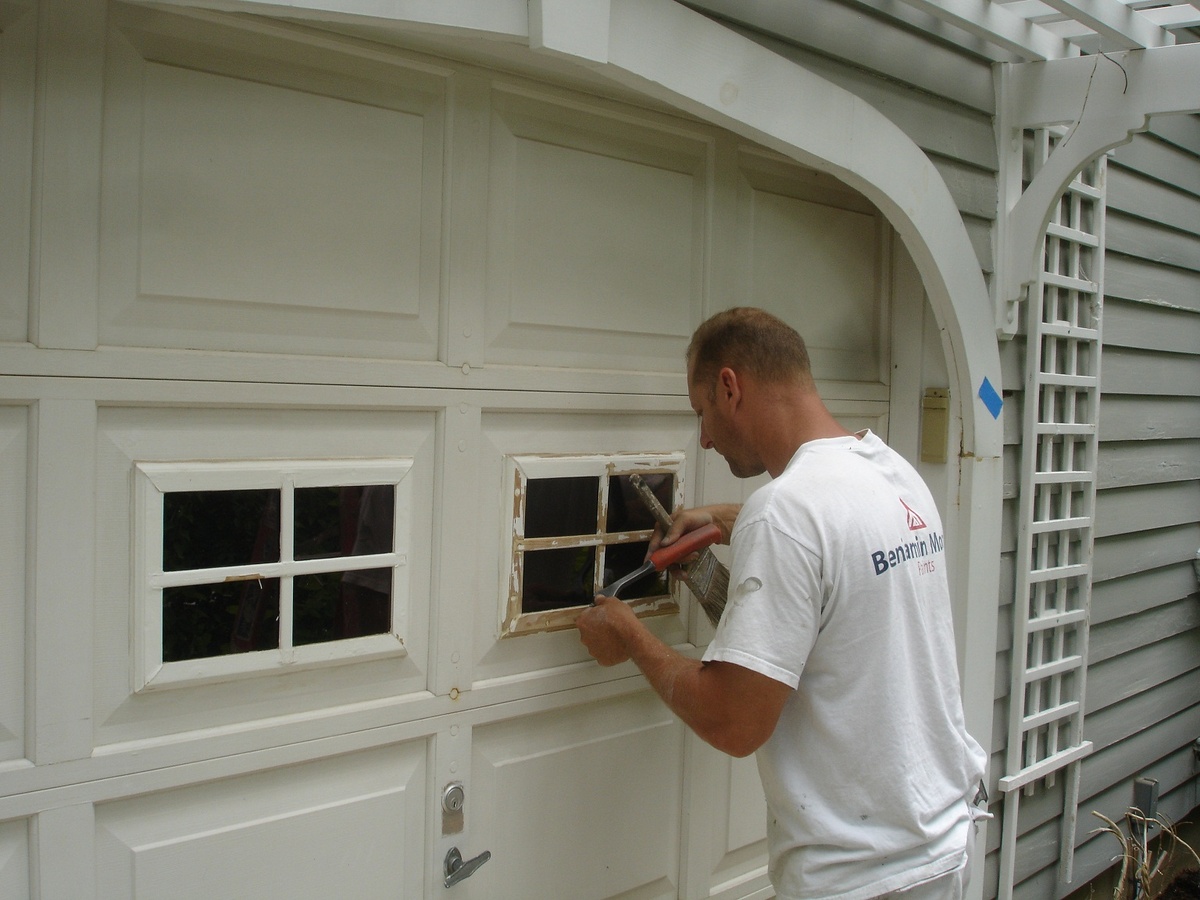
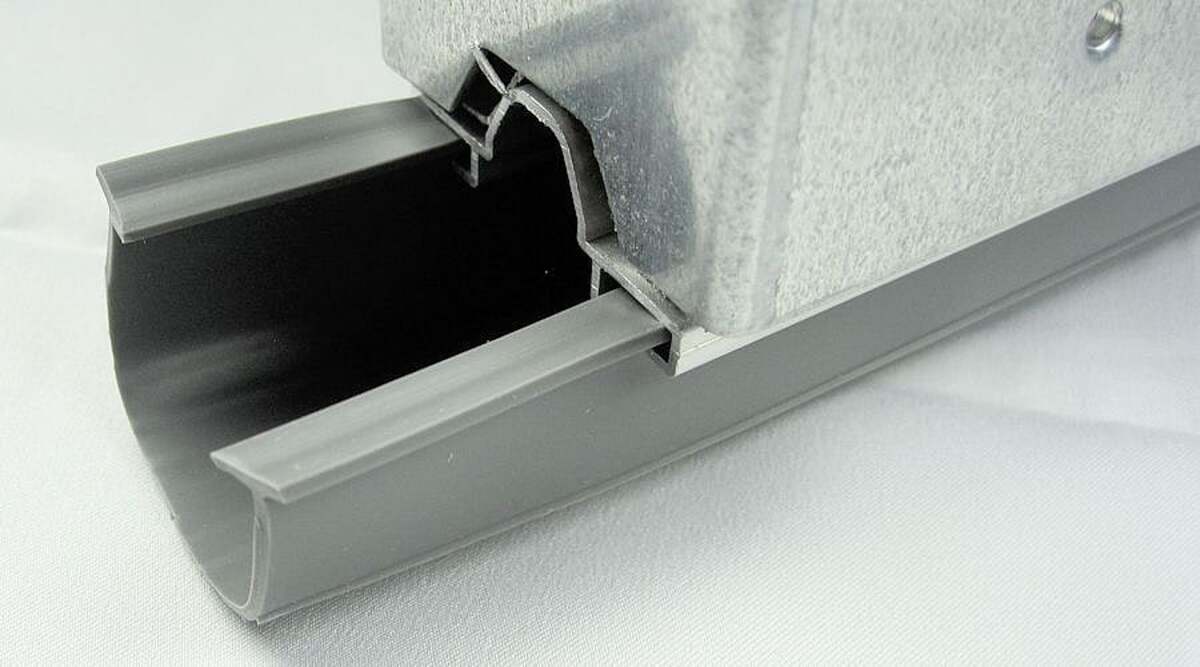
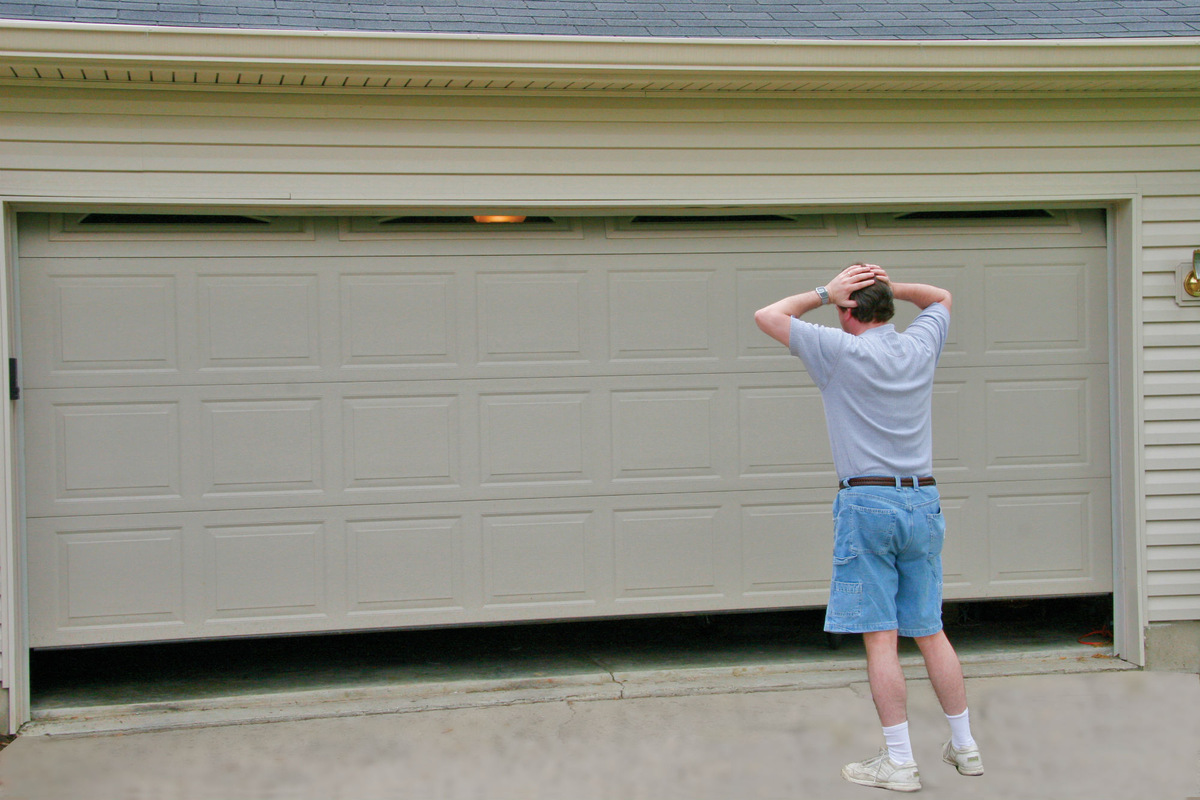
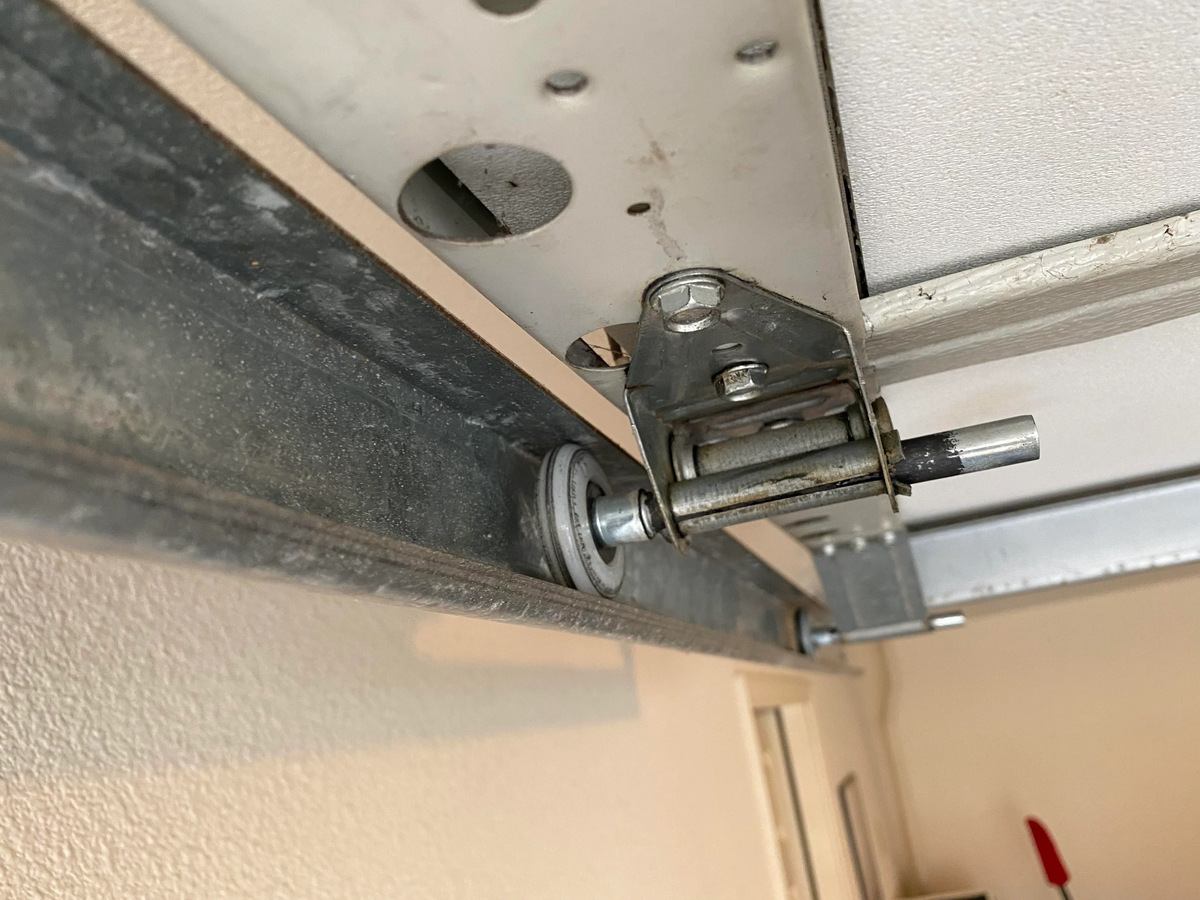
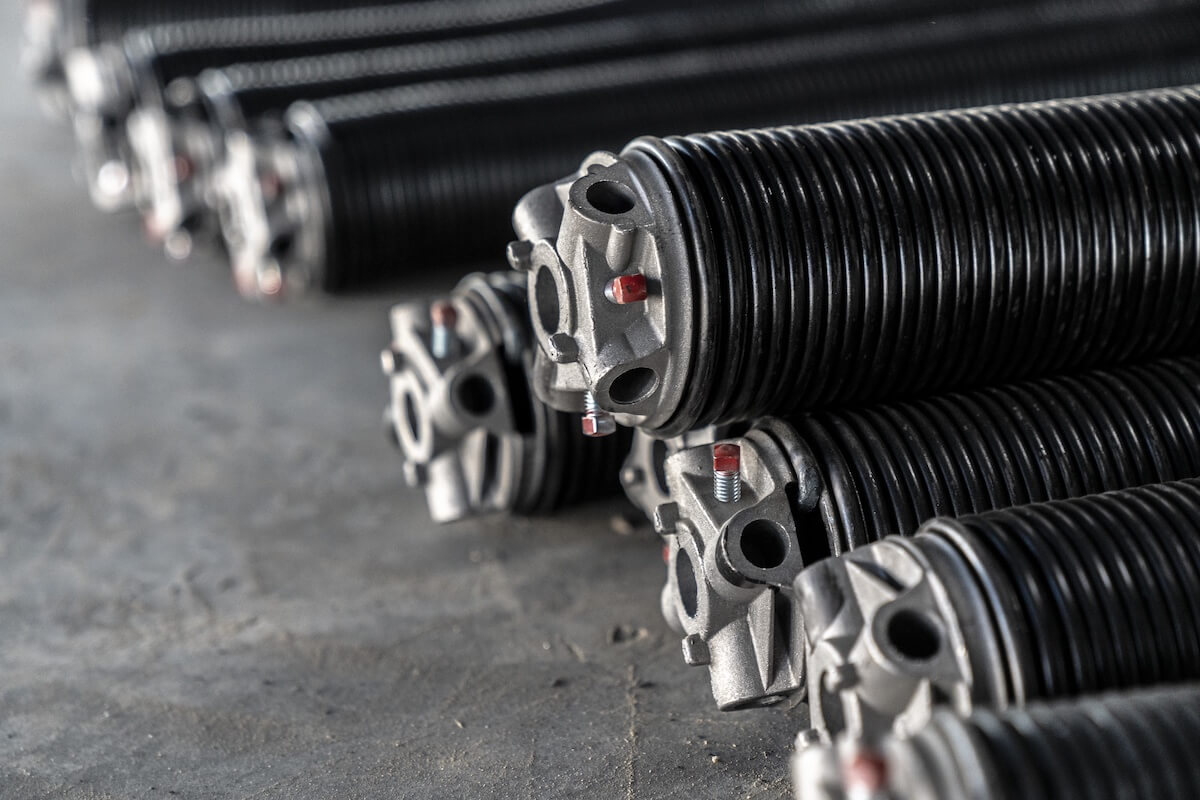
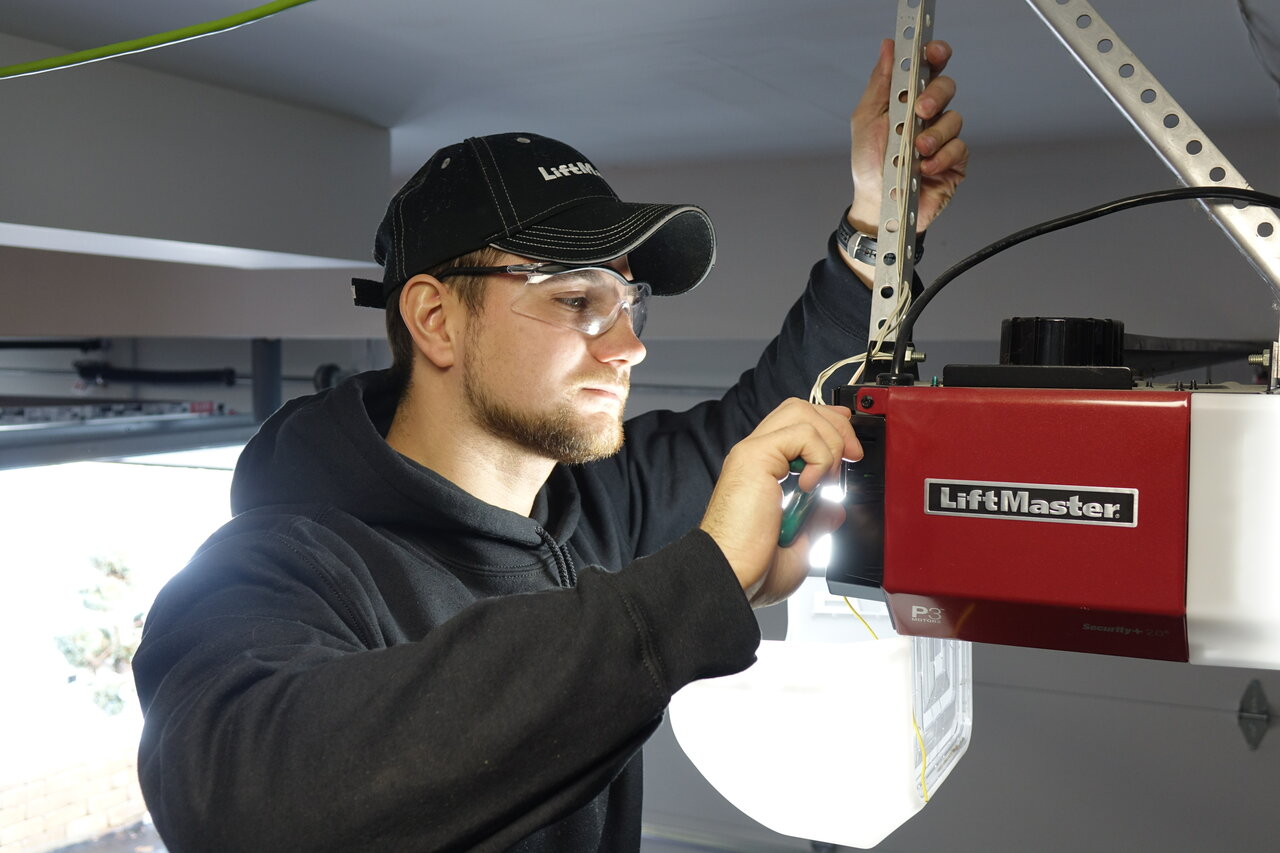
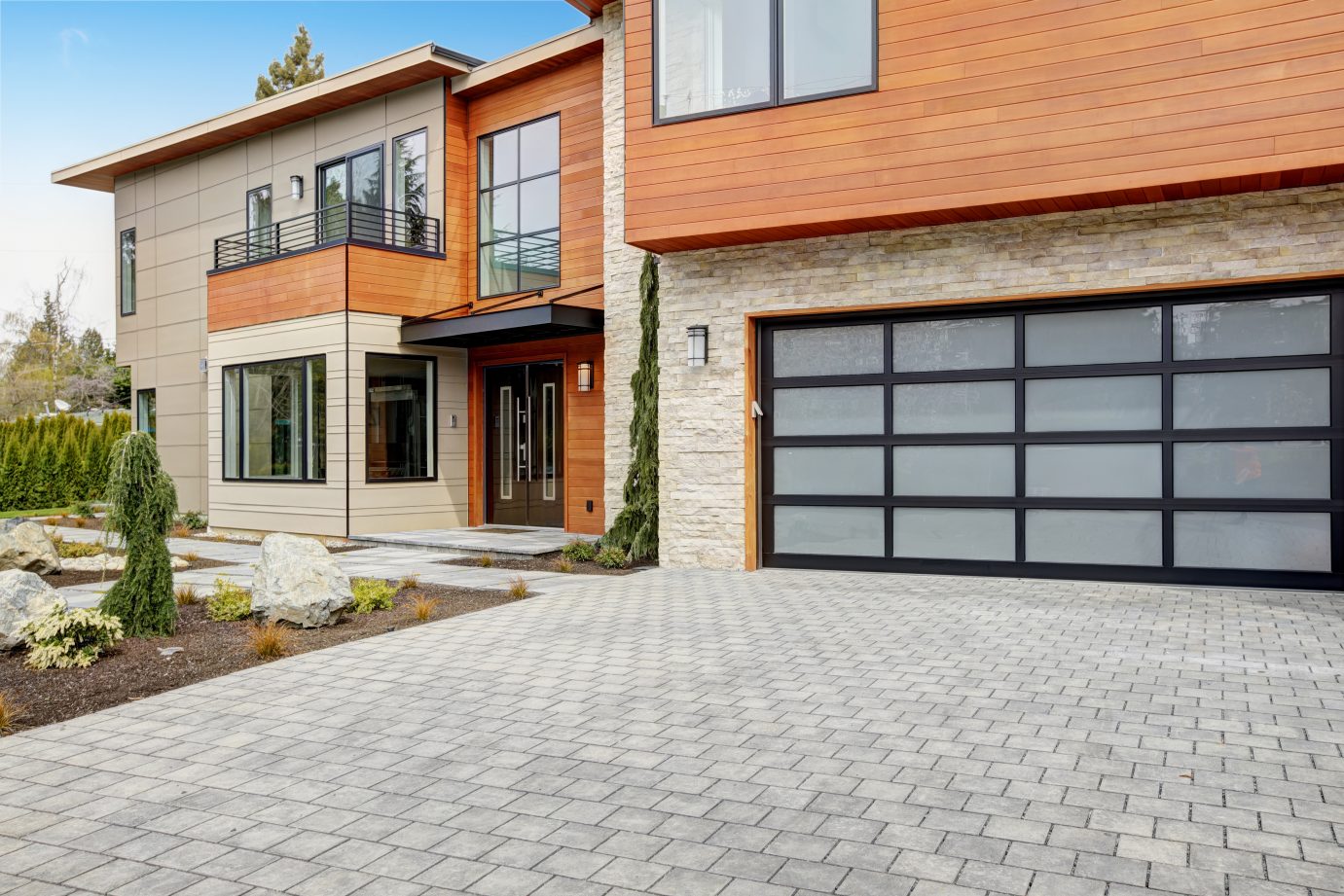
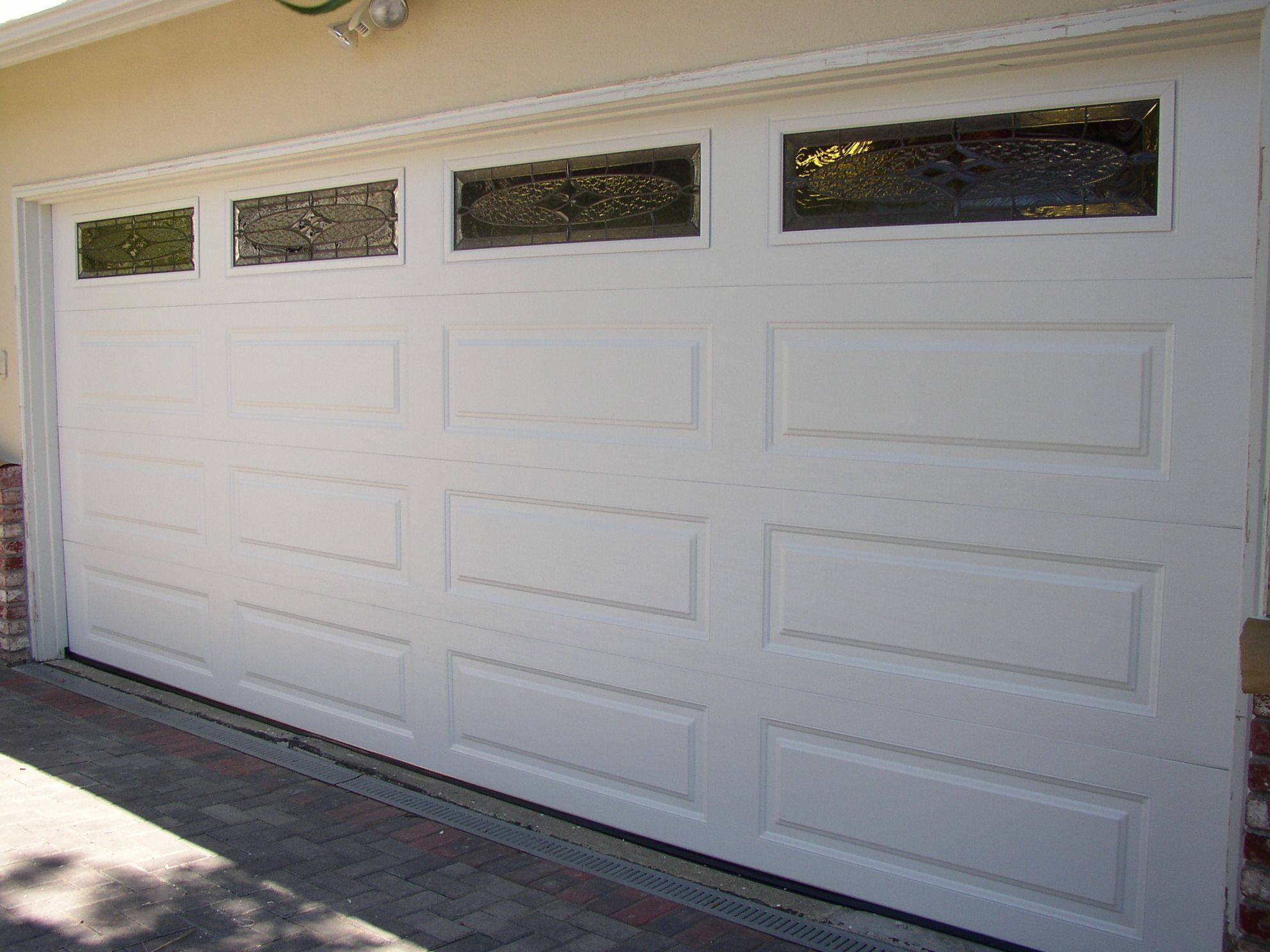
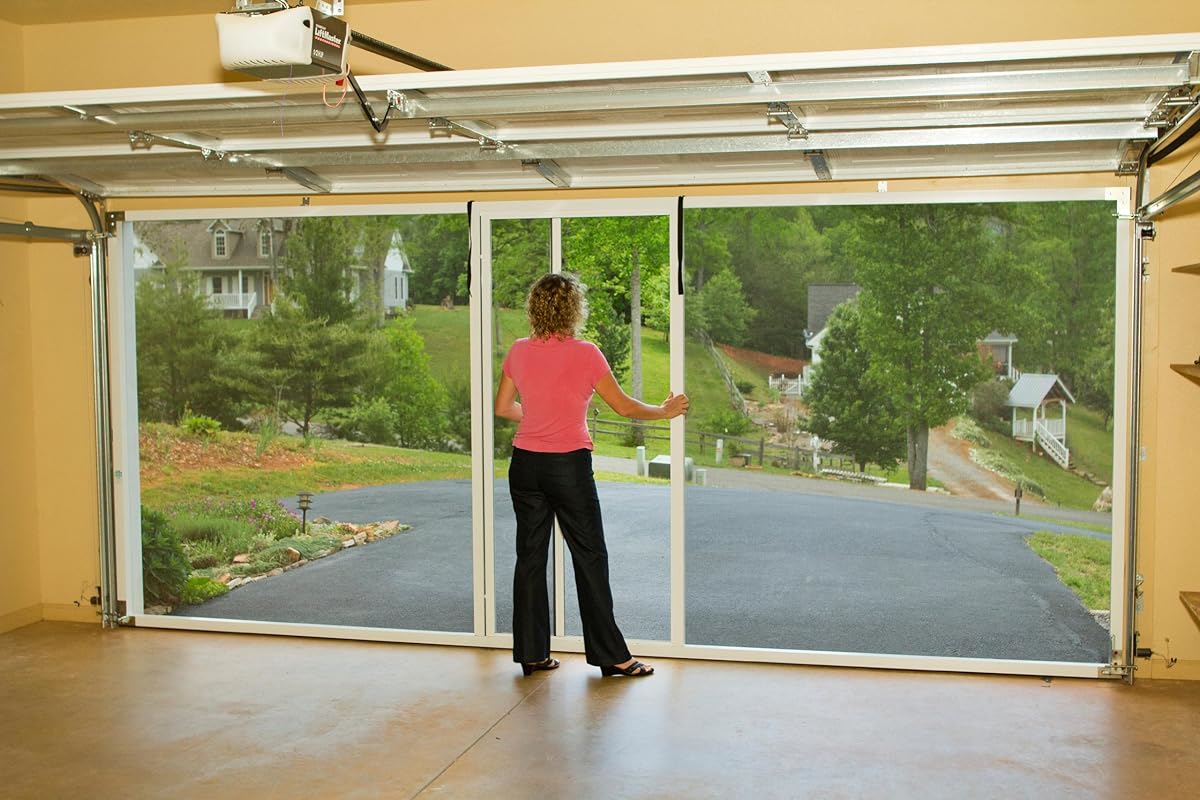
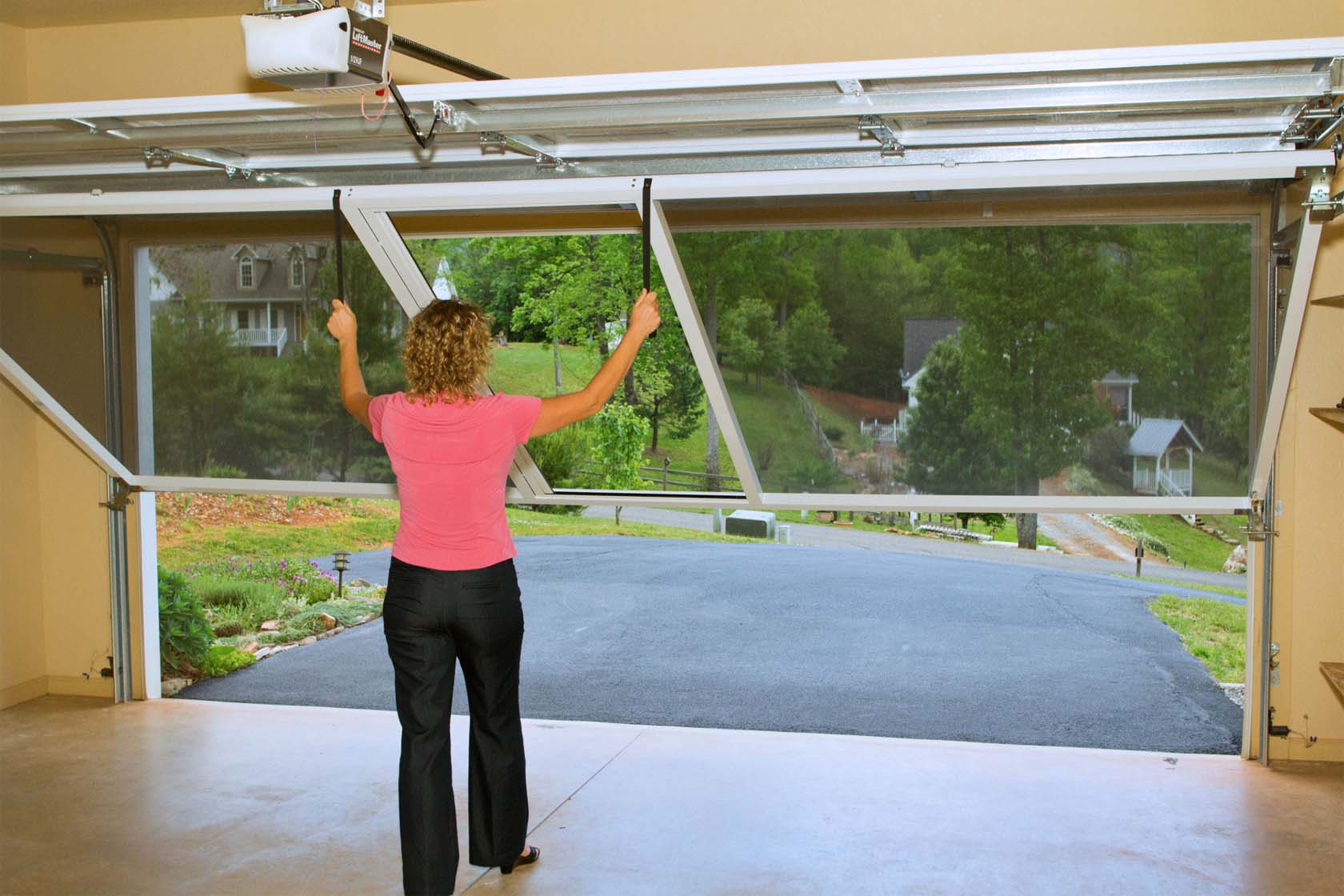

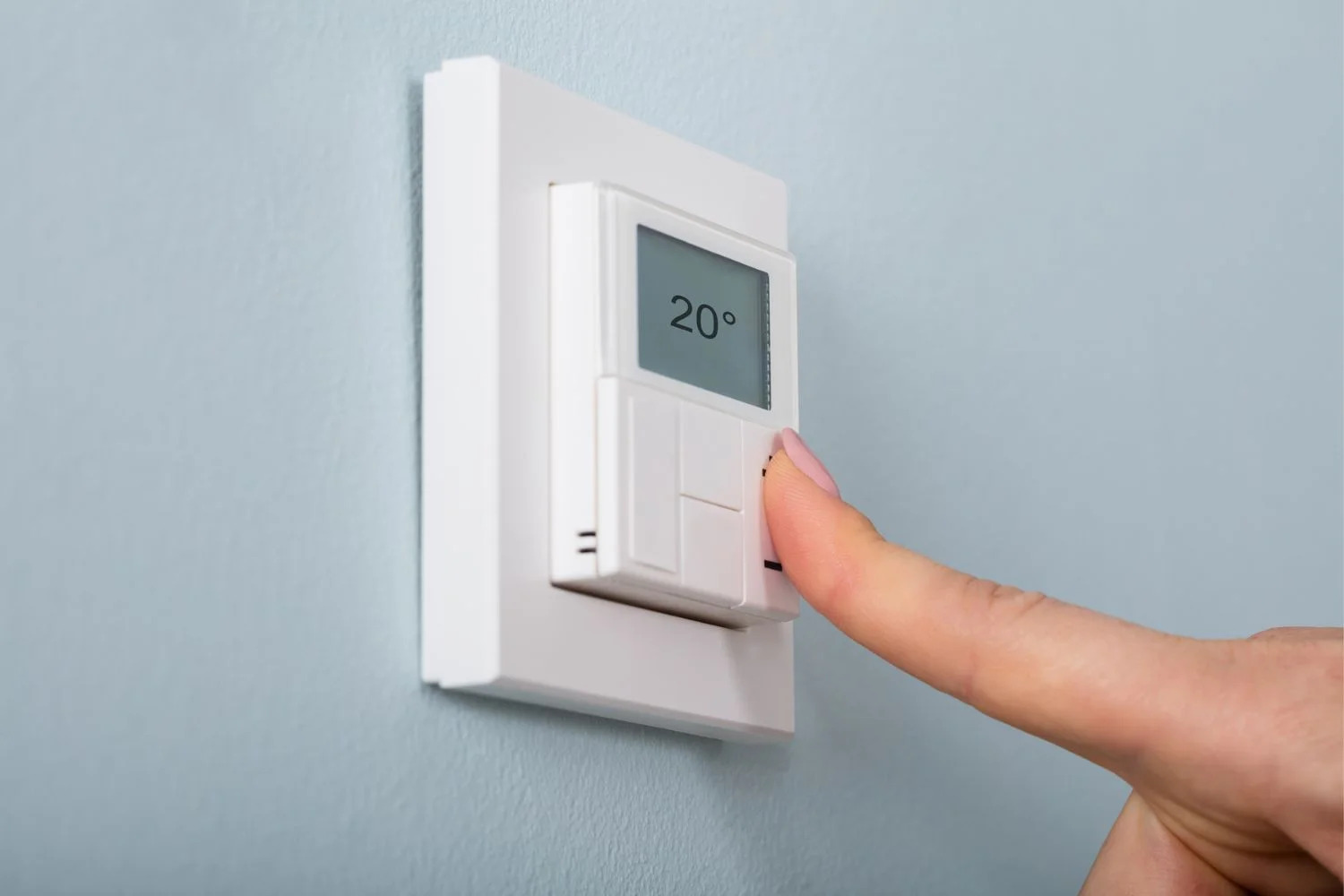
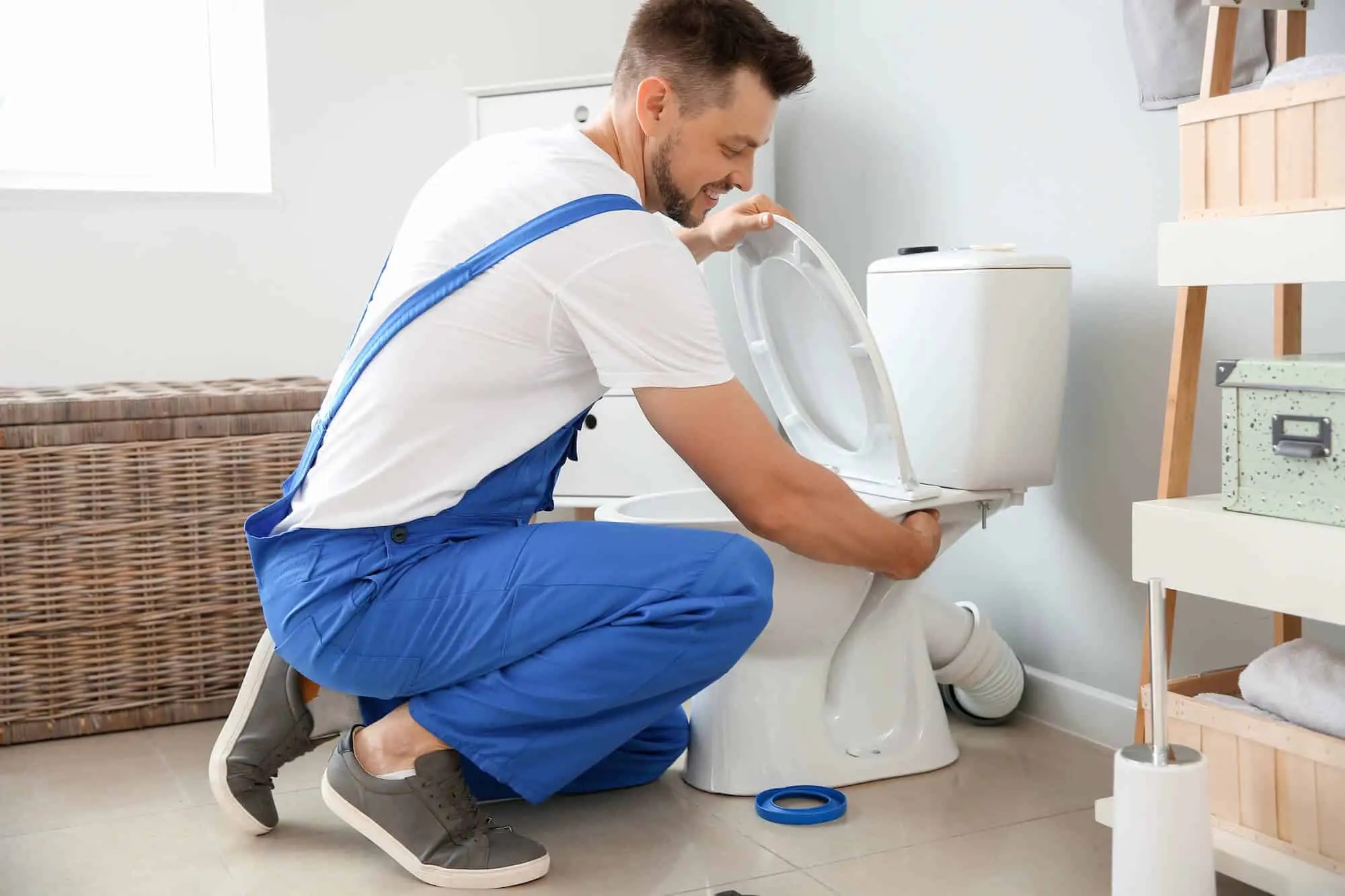
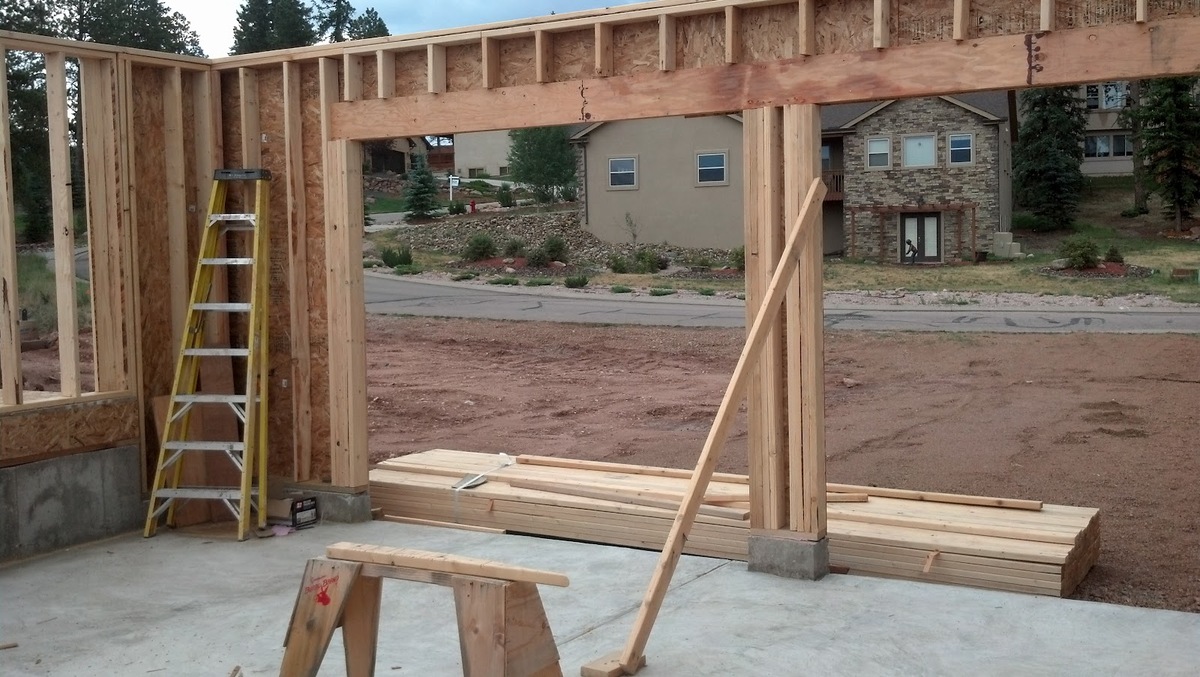

0 thoughts on “When To Replace Garage Door”